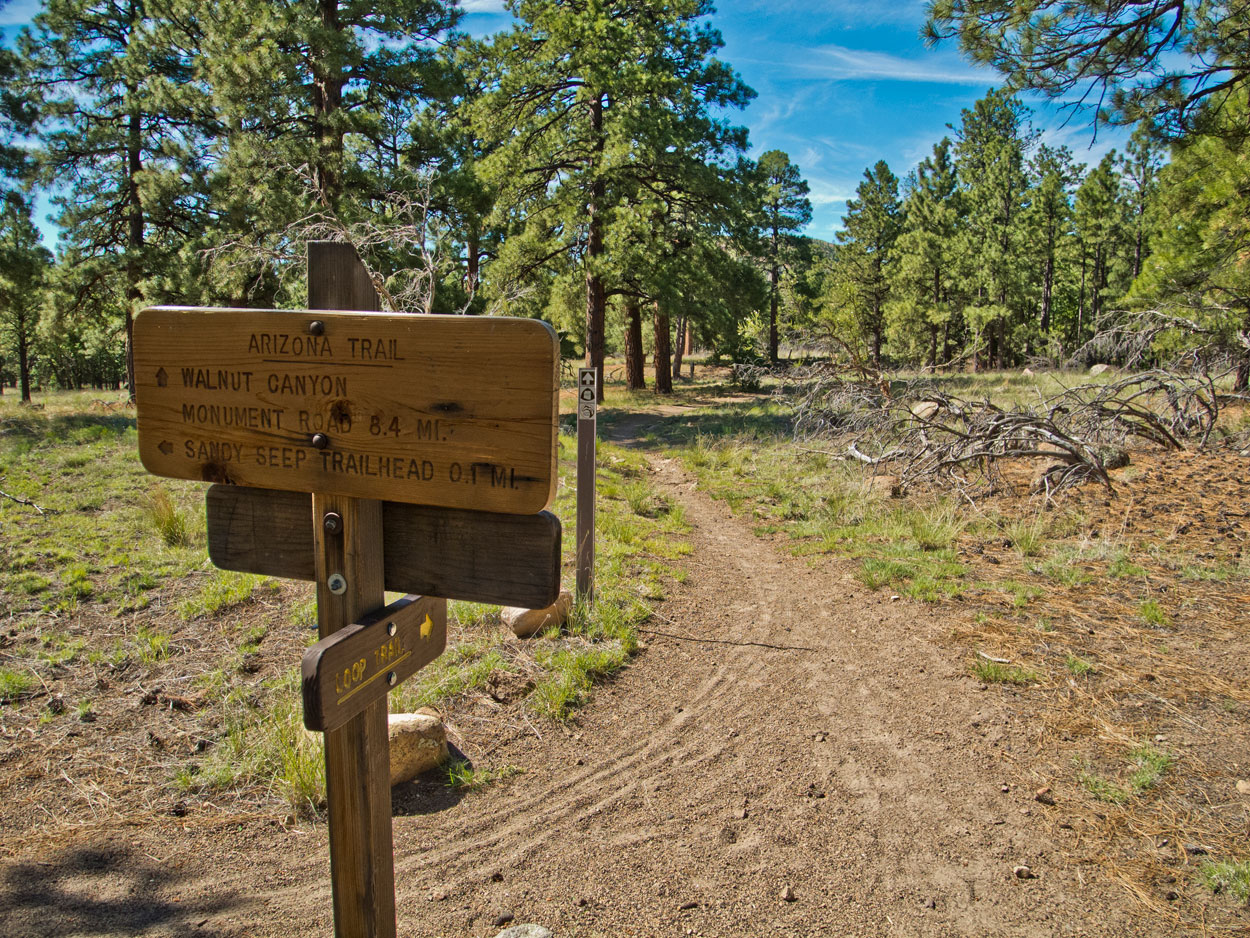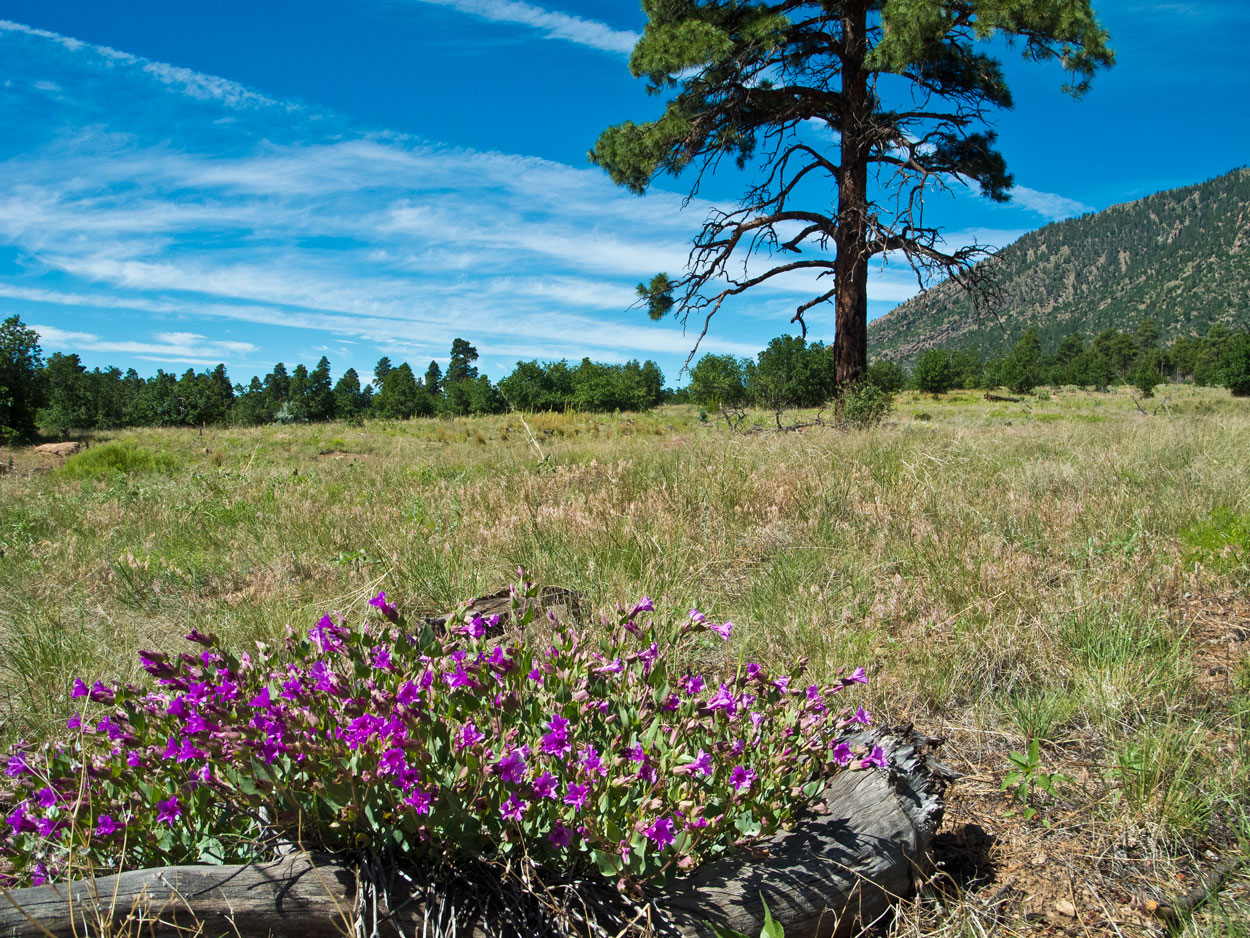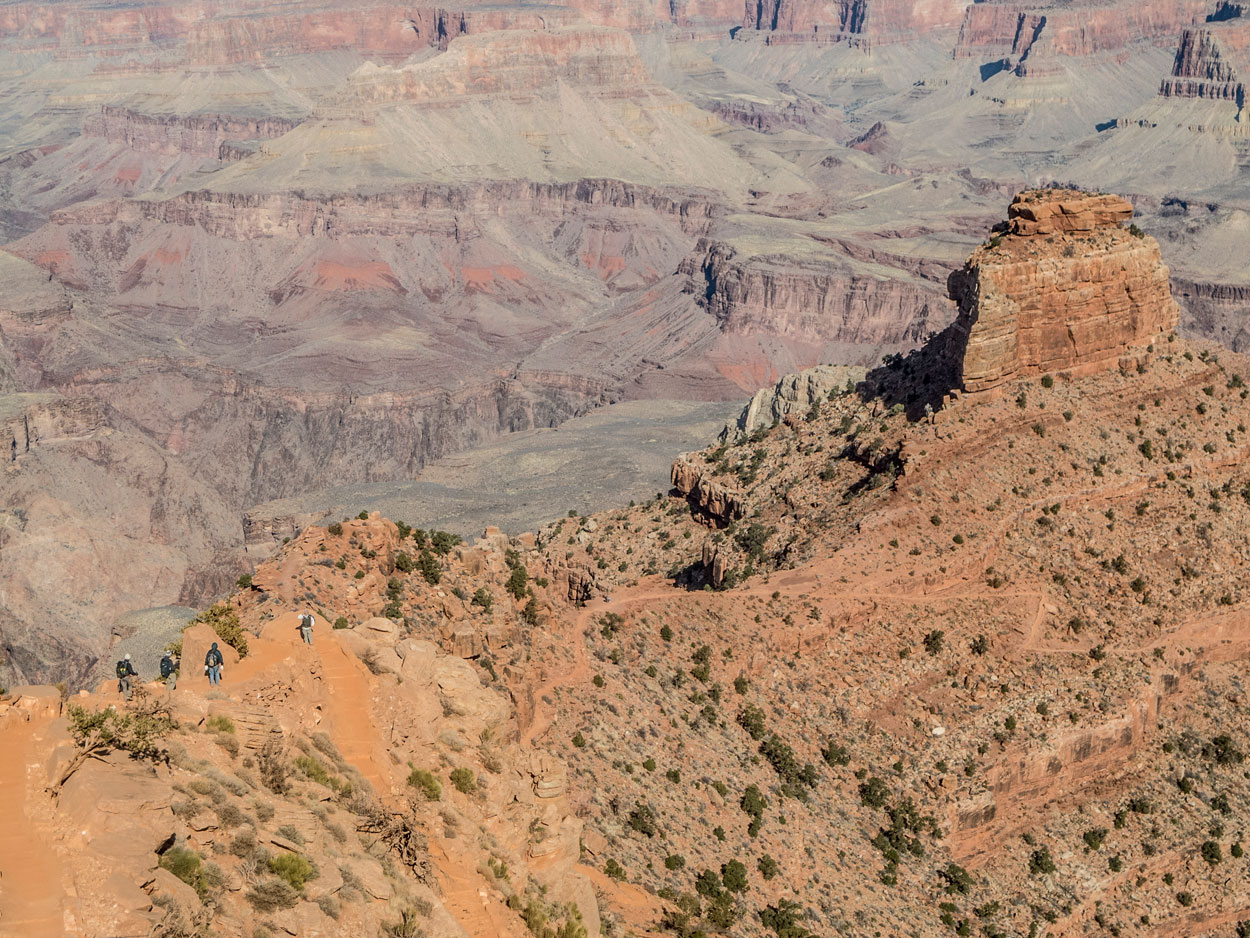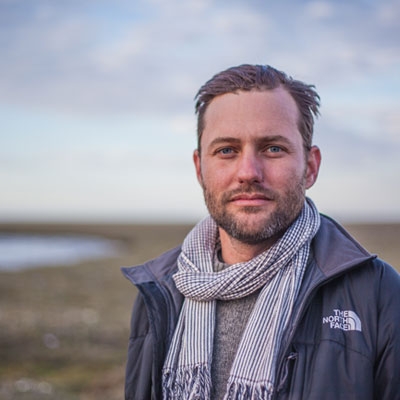Why is Arizona significant to you and why should it be significant to the rest of the world?
I was born and raised in Arizona, and I have a huge affection for the place: the Sonoran Desert with its creosote cloves, the “sky islands” around Tucson, the ponderosa pine forests outside of Prescott where I learned how to ride horses. And of course the Grand Canyon, which is a marvel of the world.
The Grand Canyon was one of the first spots in America protected as a national monument. But actually the park is quite narrow, and mostly only protects the gorge itself. Today, the surrounding lands are pockmarked with mines, or else are the target of reckless development. To really protect the Grand Canyon, we need to preserve its entire watershed.
The #KeepItWild trip on a section of the Arizona Trail (an 800-mile trail stretching from Mexico to Utah) will pass through wildlands that are currently open for development but would be protected by the proposed Grand Canyon National Heritage Monument. I hope that participants on this trip will come away with some of the same love of the place that I have.

Arizona Trail. Photo credit: Rick Moore
What sort of physical fitness should I be in before I attempt this hike? If I don’t work out much can I still do it?
You don’t need to be a triathlete or a lean-and-mean trail runner to enjoy this experience, but you should be accustomed to exercise. We’ll be covering 19 miles in two days, so at the very least you should be comfortable walking for a while. You should also be prepared to carry 30 pounds of weight on your back while walking under the sun.
What do you anticipate the temperature and weather to be like?
It’s likely going to be hot and dry. The trip is in May — before the desert gets blazing — but it’s still going to be hot. Expect highs in the 90s, lows in the 60s.
Are there specialty supplies that I’ll need?
You will need to own or rent basic backpacking equipment. This includes: overnight backpack; tent or shelter; sleeping bag and (recommended) sleeping pad; hiking boots; hat and layered clothing; water bottles; lightweight cups/bowl/utensil.
Here's the recommended gear list.

Arizona Trail. Photo credit: Rick Moore
Will we encounter any water sources to safely drink from?
50-50 chance. If the winter precipitation is solid, there should be decent water at a spot called Russell Tanks 7 miles into the hike. If there’s been little snow and rain, the water there will likely be unpalatable. There are a chance that we might hit water at some of the seams in the Coconino Rim, but we can’t count on that.
I am recommending that each participant carry two gallons of water, which will make up the bulk of the weight in your pack.
What advice do you have for new hikers about how to pack to minimize trash?
Don’t bring anything wrapped in plastic.
What kinds of wildlife should I hope to see/be alert for?
Ideally we’ll spot the elk herds that roam the Colorado Plateau, or at the very least see a few deer. With any luck someone will spot a bobcat or fox. Other critters of interest include mountain lions, rattlesnakes, and javelinas, which is a feral pig with a ridgeback reminiscent of a cactus. The greater Canyon area is now home to the massive California condor, which is a fantastic rewilding success story.
Aside from first-aid kits, how do you suggest we prepare for emergency situations?
The first rule of wilderness adventures: don’t get hurt. … In case someone breaks that rule, I have wilderness first aid training and we will carry a complete backcountry first aid kit.

Arizona Trail. Photo credit: Rick Moore
Tribal sensitivity and respect to sacred land is important, how do we make sure to be sensitive to native peoples and their spaces?
We will be traveling through the Coconino National Forest. “Coconino” is the Hopi word for the Havasupai and Yavapai who once called the area home. Treat the place as you normally would when a visitor in anyone’s home: with gratitude and respect. Leave the land better than you found it. Take nothing.
In your book you talk about the necessity of a diverse perspective in protecting wild places. What have you learned from your travels and interactions with native people and why does it matter in protecting the Grand Canyon/Arizona Trail areas?
The movement to expand protection for the park and establish a Grand Canyon National Heritage Monument has really been led by the tribes in the region. The Navajo, the Hopi, the Havasupai, the Utes—these tribes are holding the moral center of the effort to create the monument.
As I talk about in Satellites in the High Country, there’s this discourse today that says, “There’s no such thing as wilderness because Indians affected just about every part of North America before Europeans arrived.” It’s true that Native Americans transformed landscapes. And they held some places as sacred.
There’s a wonderful consolation of history in the fact that the United State’s first national monument is Devil’s Tower in Wyoming, that great monolith of stone on the Northern Plains. The Lakota and Cheyenne called the place, “Bear’s Lodge.” It was an important part of their star knowledge and their religion. It’s a site of reverence for both whites and natives. What wonderful evidence of how awe crosses cultures.

Arizona Trail. Photo credit: Ellen Heyn
How can I act to keep this land protected for future generations to experience?
Get connected to the constellation of local and national groups calling for the establishment of the Grand Canyon National Heritage Monument: Grand Canyon Trust, the Sierra Club, the National Parks Conservation Association. Check out Congressman Raul Grijalva’s proposed legislation to expand protection for the canyon and call on your representatives to support it.
Can I bring my dog?
No. While dogs are permitted in national forests, they are usually not permitted in rental car vehicles, which we will be relying on. Keep the pooch at home.


